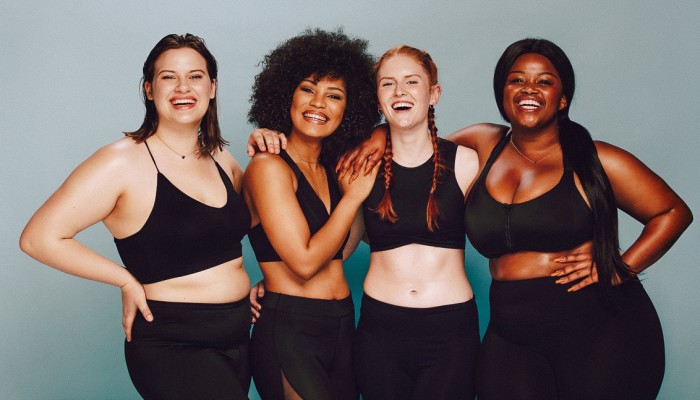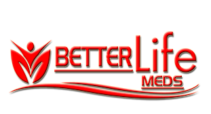What Is My Body Telling Me? 5 Ways to Properly Learn Your Body’s Language

Whether hanging out with friends or at the office, your body language speaks volumes. Research claims that nonverbal cues constitute over 60{ec10f60754972d02a9ab0808c273855fb739137b27c4fe172d50938c140bce86} of your communication. Therefore, learning to read your body language is a valuable skill. From the body posture to the direction your feet take and your eye behavior, nonverbal cues can reveal what you’re thinking. Here are useful tips on how to read body language and understand people around you.
Eye Contact
Eye behavior can reveal a lot. When communicating with someone, avoid looking away. Instead, make direct eye contact. Inability to do so can indicate deceit, disinterest, and boredom. Looking down while in communication with someone can indicate submissiveness or nervousness. Glancing at someone can indicate a desire to have a conversation with them. Similarly, glancing at the door can indicate the desire to walk out. Looking to the left and upwards during a conversation with someone can mean you’ve told a lie. People normally look to the left and upwards when recalling an actual memory and to the right and upwards when using their imagination.
Gaze at the Face
It is possible to control some of your facial expressions. However, some of your nonverbal cues can still be picked up, especially if you’re having a conversation with a keen person. Pay attention to the movement of your mouth if you want to decipher your body language. A simple smile can be a powerful gesture. Smiles vary from fake to genuine smiles. A fake smile only engages the mouth while a genuine smile the whole face. A genuine smile suggests you enjoy conversing with people around you, while a fake smile suggests you’re unhappy or uncomfortable with people around you.
Nodding
The speed at which you move your head during a conversation can indicate how patient you’re. For example, slow nodding means you’re interested in a conversation. Contrary, fast nodding could mean you have heard enough, and it is your turn to speak or time to end a conversation. Tilting the head sideways could mean that you want to hear more from the person you’re speaking to. On the other hand, nodding the head backward could indicate uncertainty or suspicion. You can also use the head or face to point to the people you share an affinity with or are interested in. For example, in a conference, you can easily spot guests of honor based on how the audience stares at them. Contrary, the less significant attendees are rarely looked at.
Hands Signal
Hands are an important indicator of nonverbal cues. For example, putting hands on the head or in the pocket could signify anything from deception to nervousness. Supporting the head with both elbows on the table could be a sign of boredom. However, supporting the head with only one elbow on the table could mean you’re interested in a conversation. Holding an object between yourself and a person you’re interacting with could mean you’re blocking out that person. So, always watch out for the movement of your hands when in a conversation with someone.
Positioning of Your Arms
Arms serve as a doorway to the self and the body. Therefore, crossing your arms during a conversation is seen as a blocking and defensive gesture. Crossed arms could also be a sign of a closed mind, vulnerability, or anxiety. However, accompanying crossed arms with a relaxed gesture or smile could mean a relaxed attitude or confidence. You can exert dominance during a conversation with a friend or colleague by placing your hands on the hip.
The above nonverbal cues can give insight into your behavior’s motive. Getting to know your body and mind can help with everyday stressors and taking this hormone course is another great way to get to know your body. However, note that these nonverbal cues may not always apply to all people. So, consider factors such as your habits and culture when analyzing your body language.




